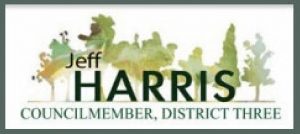Grassland Garden at Ninos Parkway
A Diverse Place Where Plants & Wildlife Thrive
Translate this page in your preferred language:
You can translate the content of this page by selecting a language in the select box.
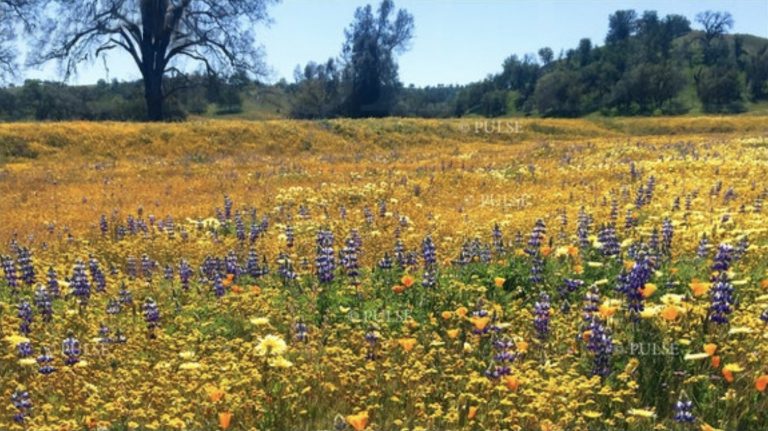
WHY A GRASSLAND GARDEN?
California’s native grasslands are teeming with life—birds, mammals, reptiles, insects, and other animals depend on grasslands. Grassland ecosystems consist of grasses, grass-like plants, shrubs, and forbs, and support about 40% of California’s native plant species. Development, agriculture, and invasion by exotic species have reduced California native grasslands by 99%. Grasslands are important for carbon sequestration, flood reduction, erosion prevention, and food production.
GRASSLANDS AND CLIMATE CHANGE
Restoring grassland habitat can help address climate change, because as they grow plants take in carbon dioxide from the air and store it for a long time. This process is called carbon sequestration, and it helps reduce the heating of our atmosphere. In fact, grasslands are just as important for locking away carbon as forests!
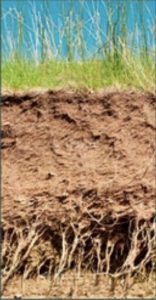
Deep Root Systems
Grasslands store most of their carbon underground in their root biomass
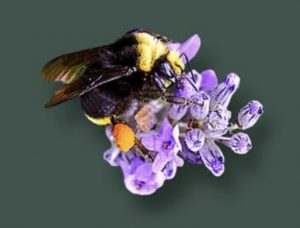
Yellow-faced Bumble Bee Bombus vosnesenskii
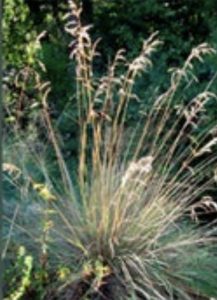
California Fescue Festuca californicas
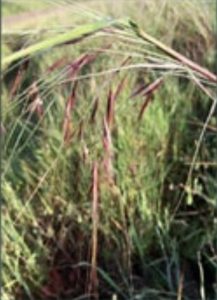
Purple needlegrass Stipa pulchra
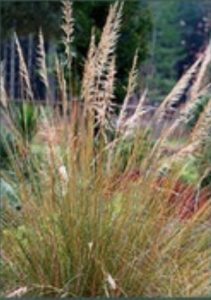
Deer grass Muhlenbergia rigens
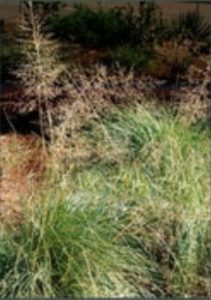
Alkali sacaton Sporobolus airoides
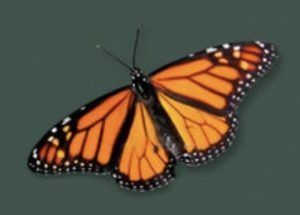
Western Monarch Danaus plexippus
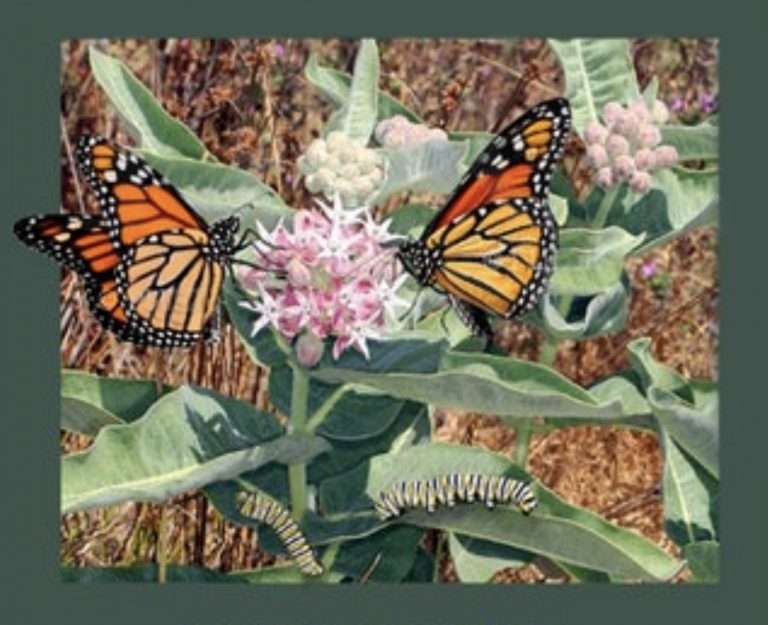
Western Monarchs can be found in Sacramento from early spring through fall. This garden provides habitat for monarchs by including nectar plants for adults and milkweed for caterpillars.
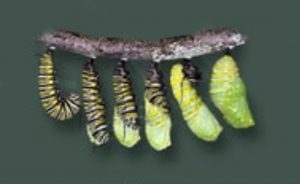
Western Monarch caterpillar changing into a chrysalis.
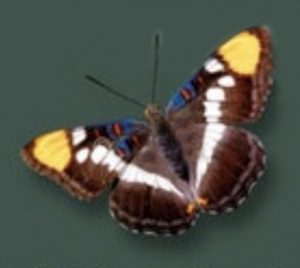
California Sister Adelpha californica
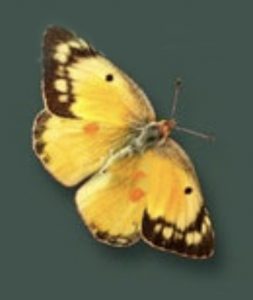
Orange Sulphur Colias eurytheme
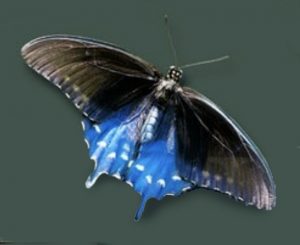
Pipeline Swallowtail Battus philenor
CALIFORNIA NATIVE PLANTS
Planting California native plants, like those you see in this garden, is a great way to create draught-tolerant landscaping. These plants were chosen because they provide food, shelter, and nesting material for many birds and pollinators. Species like Phacelia and Coyote Mint are favorites of bees and butterflies, while Coffeeberry and grasses provide fruits and seeds for birds.
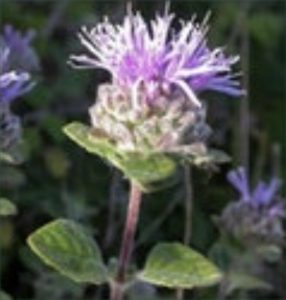
Coyote Mint Monardella villosa
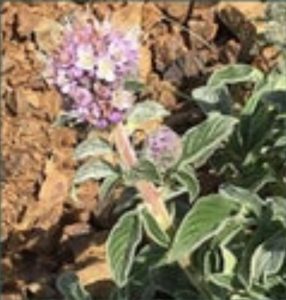
Rock phacelia Phacelia californica
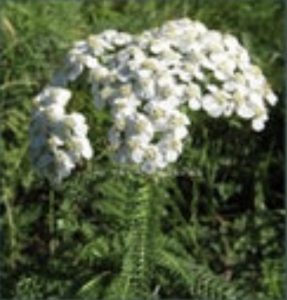
Yarrow Achillea millefolium
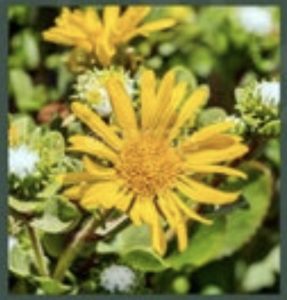
Great Valley Gumweed Grindelia camporum
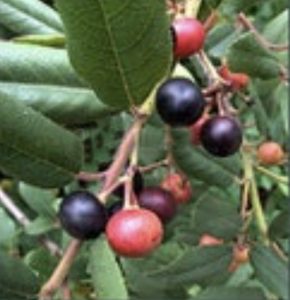
California Coffeeberry Frangula californica
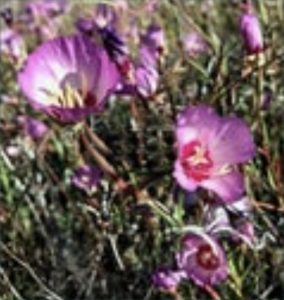
Farewell to Spring Clarkia gracilis
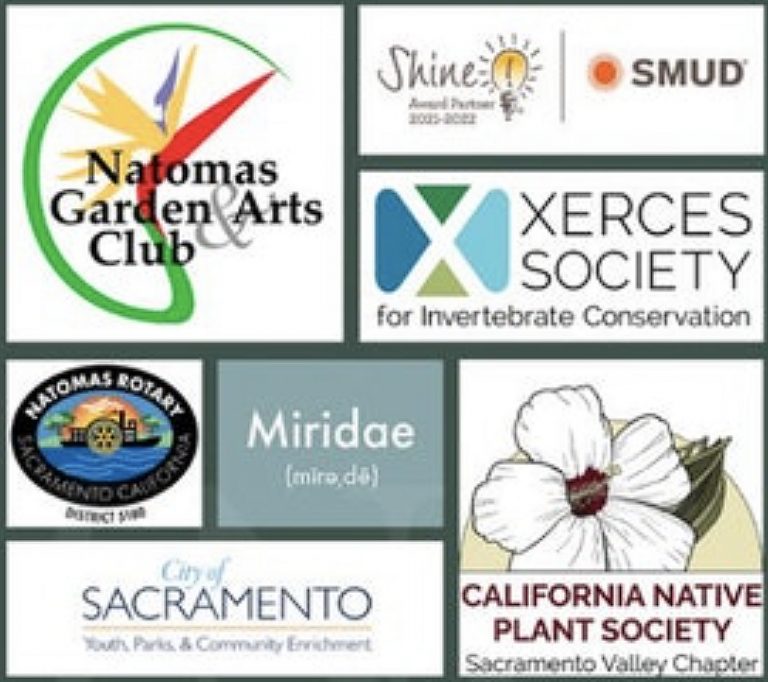
This neighborhood garden has been sponsored by these local businesses, organizations, non-profits. Without our partners, contributors, volunteers and friends, this years long effort to bring a sustainable pollinator grassland garden to the Natomas neighborhood would have been impossible. Many, many thanks!!
SMUD shine grant, Natomas Garden & Arts Collective, The City of Sacramento Youth, Parks and Community Enrichment, California Native Plant Society, Xerces Society, Rotary Club of Natomas, Miridae and Councilmember, District Three Jeff Harris
